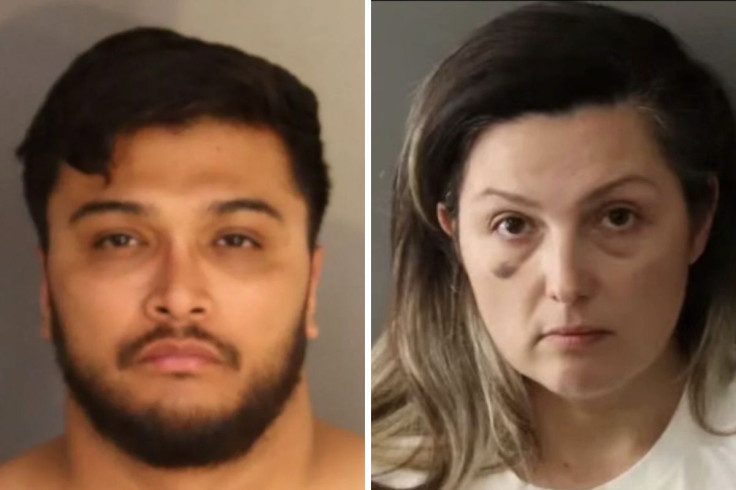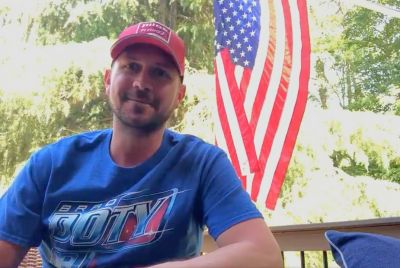How Police Got Emmanuel Haro's Father to Admit He Killed and Dumped His 7-Month-Old Baby
Officials say prior lenient sentencing for Haro's earlier child abuse conviction may have enabled the tragedy

California prosecutors have revealed the methods detectives used to obtain a confession from a father accused of killing his seven-month-old son before discarding his body in a bin.
Jake Haro, 32, initially told officers that his son, Emmanuel, had been abducted by a stranger. Investigators say that account soon collapsed under scrutiny, leading police to deploy covert tactics which ultimately prompted Haro to admit guilt. The case has raised wider questions about child protection failures and the use of undercover operations in criminal investigations.
The Case Unravels
Haro first claimed that Emmanuel had been abducted on 14 August while he was changing the child in a car park. Investigators quickly challenged the account, and court documents later suggested the infant may have died days earlier, between 5 and 14 August.
Detectives turned their attention to Haro's household and, according to reports, uncovered a pattern of abuse. These findings made the original story of an abduction appear increasingly implausible. At that point, officers authorised covert strategies intended to push the father towards revealing the truth.
Securing a Confession
Prosecutors said investigators used several methods to gather evidence. According to The Sun, police sometimes take suspects to search sites not only to recover possible evidence but also to observe their behaviour. Former Orange County prosecutor Bobby Taghavi, who is not involved in the case, explained that such visits can apply 'psychological pressure', encouraging suspects to slip or contradict themselves. 'It is as much about reading body language and behavioural cues as it is about seeking direct information,' he said.
A more decisive strategy was employed once Haro was in custody. NewsNation's Brian Entin reported that detectives placed an undercover inmate inside his cell to befriend him and gain his confidence. Believing he was in a private conversation, Haro admitted that he had killed Emmanuel and dumped his body in a bin. Prosecutors emphasised that the admission was not coerced but emerged during casual dialogue with someone Haro thought he could trust.
Court filings also allege that Emmanuel's death was the result of ongoing mistreatment rather than a single violent incident. ABC7 reported that prosecutors described a history of abuse in the household, which they argue culminated in the child's death. Both Haro and his partner are now facing charges linked to the case.

Failures in Safeguarding
District Attorney Michael Hestrin has criticised earlier judicial decisions, pointing out that Haro had a prior child abuse conviction which did not result in a prison sentence. 'The system broke down,' Hestrin told CBS News, suggesting that a custodial term might have prevented the tragedy.
Despite Haro's confession, Emmanuel's body has not been found. Search teams using cadaver dogs have scoured areas identified by the father, but no remains have been recovered. Prosecutors maintain they have a 'strong indication' of where the infant may be, yet the search has so far proved unsuccessful.
What the Case Reveals
The Haro investigation demonstrates both the risks of systemic failings in safeguarding children and the role undercover operations can play in modern policing. For detectives, the pivotal moment came not in an interrogation room but inside a prison cell, where an apparently ordinary conversation yielded a breakthrough.
For the public, the case poses troubling questions about the protection of vulnerable children and whether warning signs were missed. Prosecutors maintain that Emmanuel's death might have been avoided had earlier convictions carried tougher penalties. Meanwhile, investigators continue searching for his remains in the hope of securing closure for a case that has already exposed deep flaws in how justice systems respond when offenders reoffend.
© Copyright IBTimes 2025. All rights reserved.





















